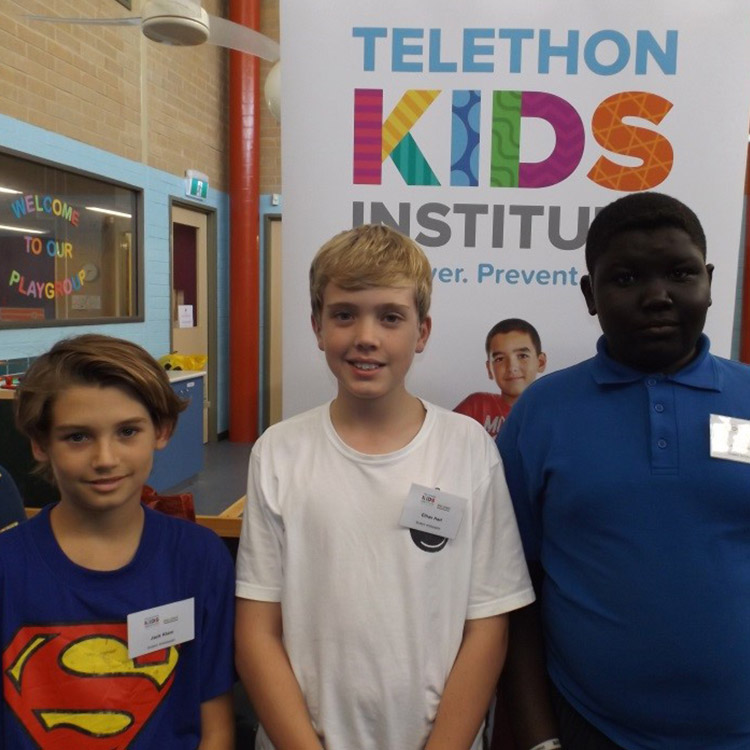Search

News & Events
Project helps Ethan belongEthan recently took part in Belong, a study led by The Kids which aims to ensure deaf and hard of hearing kids have a happy & positive school experience
Research
Reach and perceived effectiveness of a community-led active outreach postvention intervention for people bereaved by suicidePostvention is a core component of suicide prevention strategies, internationally. However, the types of supports provided to people impacted by suicide vary widely. This study examines the perceived effectiveness of the Primary Care Navigator (PCN) model for people bereaved by suicide. The PCN model was implemented in response to a suicide cluster.
Research
Rural workforce challenges: Why not rural psychiatry?The Australian psychiatry workforce is under-subscribed and highly urbanised. Currently, 90% of psychiatrists work in the cities, and there are significant projected workforce shortages of psychiatrists throughout Australia, particularly in rural and remote locations.
Research
Building a Nyoongar work practice model for Aboriginal youth mental health: prioritising trust, culture and spirit, and new ways of workingMainstream youth mental health services struggle to comprehend the connection between colonisation and service provision for Aboriginal young people. This is the consensus agreed by Aboriginal Elders from Perth, Western Australia and young Aboriginal leaders within their communities.
Research
Computerized cognitive behavioural therapy for gender minority adolescents: Analysis of the real-world implementation of SPARX in New ZealandSPARX is a form of computerized cognitive behavioural therapy in serious game format funded via the Ministry of Health to be freely available in New Zealand. At registration users identify themselves as male, female, transgender or intersex. We aimed to establish whether adolescent transgender users of SPARX, compared to adolescent male and female users, were more likely to have high mental health needs at baseline and were more likely to complete SPARX. We also sought to determine changes in transgender adolescents' depressive symptoms after using SPARX.
Research
Investigation of structural brain correlates of neurological soft signs in individuals at ultra-high risk for psychosisIncreased severity of neurological soft signs (NSS) in schizophrenia have been associated with abnormal brain morphology in cerebello-thalamo-cortical structures, but it is unclear whether similar structures underlie NSS prior to the onset of psychosis. The present study investigated the relationship between severity of NSS and grey matter volume in individuals at ultra-high risk for psychosis stratified for later conversion to psychosis.
Research
The psychosocial impact of rare diseases among children and adolescents attending mainstream schools in Western AustraliaLiving with a long-term medical condition is associated with heightened risk for mental health and psychosocial difficulties, but further research is required on this risk for children and adolescents with a rare disease in the educational setting. The aim of this study is to describe parents’ perceptions of the psychosocial impact of rare diseases on their school-aged children in Western Australia.
Research
The psychosocial burden of childhood overweight and obesity: evidence for persisting difficulties in boys and girlsOverweight and obese children reported greater psychosocial distress than healthy weight children, and these differences were more pronounced for girls than boys.
Research
Is it still correct to differentiate between early and very early onset psychosis?Larger samples of patients are needed to better understand if the differentiation between very early onset psychosis and early onset psychosis is justified
Research
Working with young people at risk of suicidal behaviour and self-harm: A qualitative study of australian general practitioners’ perspectivesGeneral Practitioners (GPs) play a crucial role in the identification and support of young people at risk of suicidal behaviour and self-harm; however, no studies have explored GPs’ perspectives, approaches, challenges, and resource needs when working with this cohort in an Australian setting.
